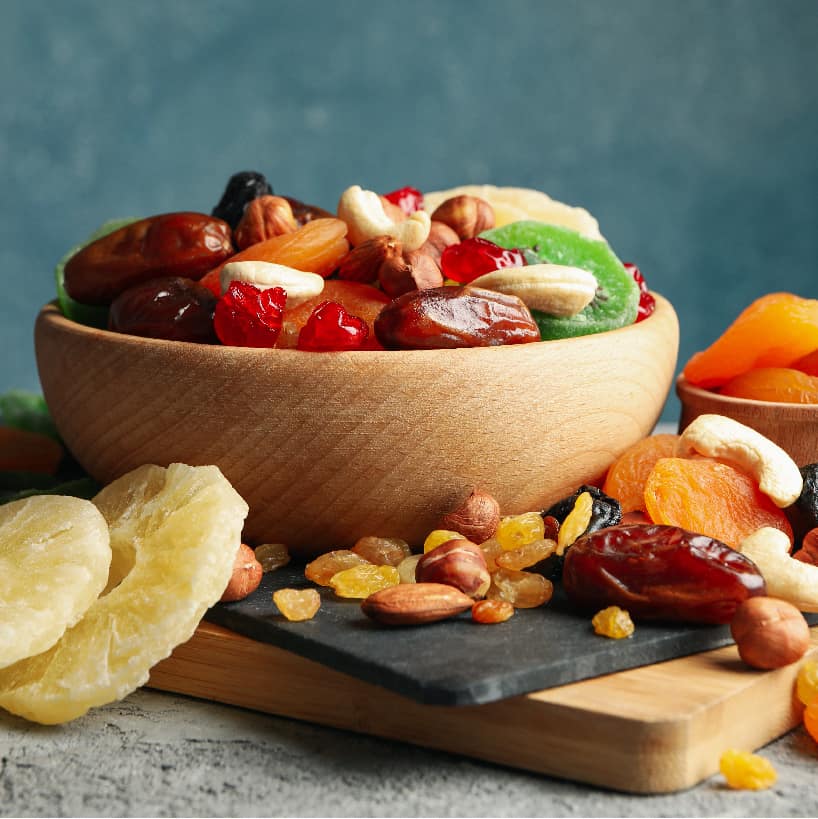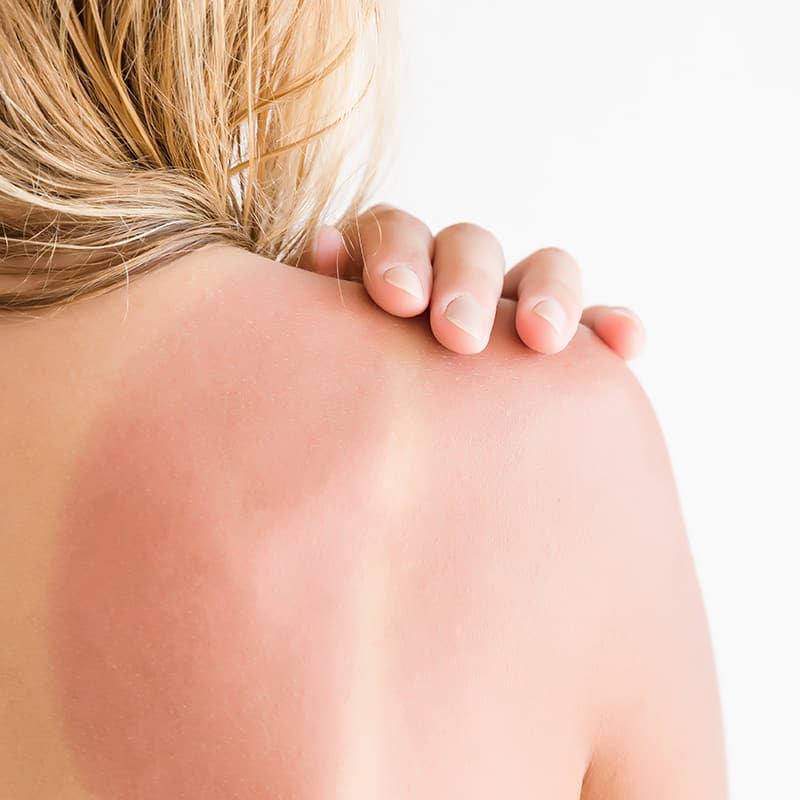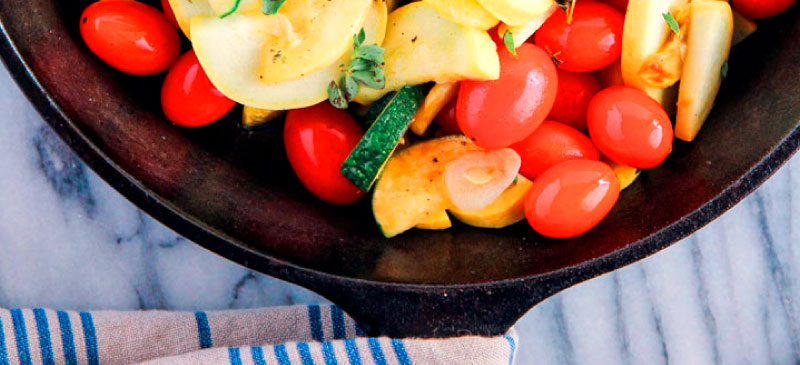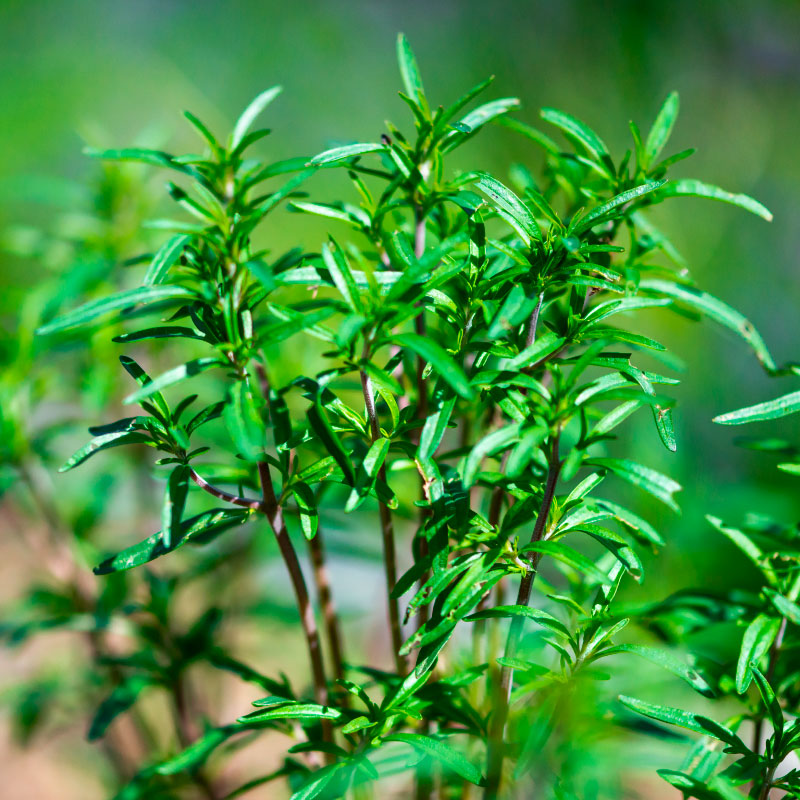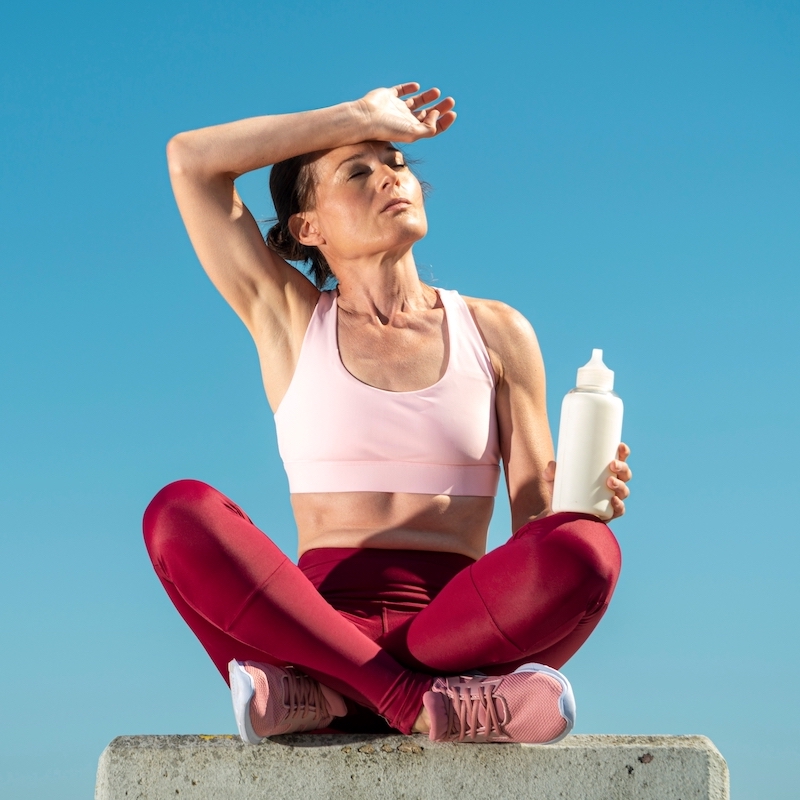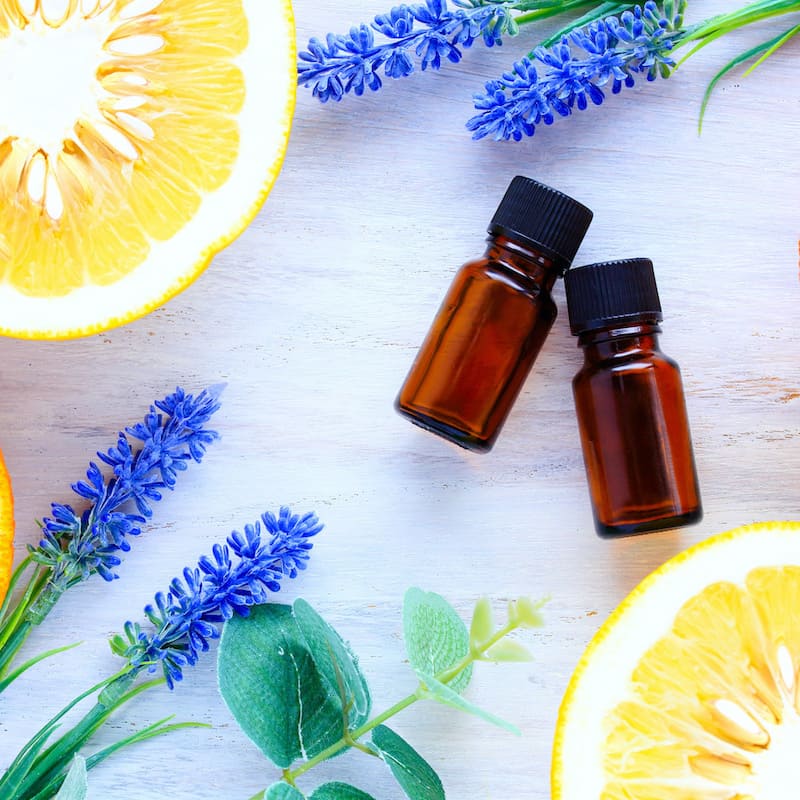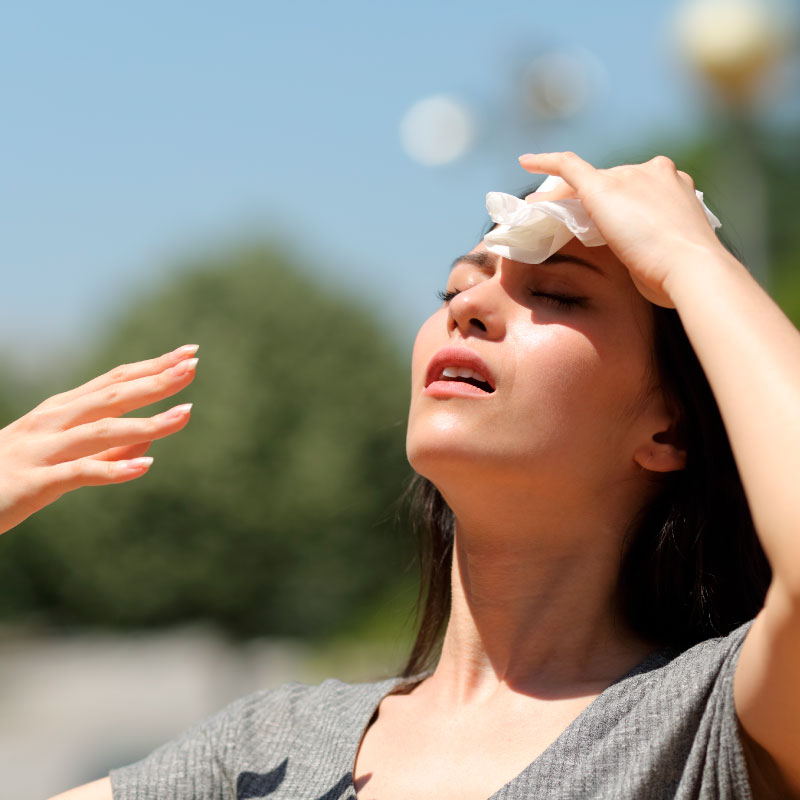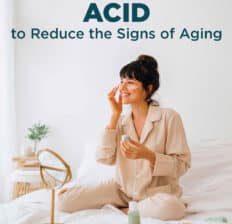This Dr. Axe content is medically reviewed or fact checked to ensure factually accurate information.
With strict editorial sourcing guidelines, we only link to academic research institutions, reputable media sites and, when research is available, medically peer-reviewed studies. Note that the numbers in parentheses (1, 2, etc.) are clickable links to these studies.
The information in our articles is NOT intended to replace a one-on-one relationship with a qualified health care professional and is not intended as medical advice.
This article is based on scientific evidence, written by experts and fact checked by our trained editorial staff. Note that the numbers in parentheses (1, 2, etc.) are clickable links to medically peer-reviewed studies.
Our team includes licensed nutritionists and dietitians, certified health education specialists, as well as certified strength and conditioning specialists, personal trainers and corrective exercise specialists. Our team aims to be not only thorough with its research, but also objective and unbiased.
The information in our articles is NOT intended to replace a one-on-one relationship with a qualified health care professional and is not intended as medical advice.
Polyglutamic Acid: A Powerful Moisturizer That Reduces Signs of Aging
August 14, 2022

In the world of cosmetics, moisturizers are among the most popular products. The ingredients in them act as humectants that attract water and seal it into the skin. While hyaluronic acid is a well-known hydrating ingredient, polyglutamic acid may be even more effective.
What Is Polyglutamic Acid?
Polyglutamic acid (PGA) is a group of glutamic acid molecules (a type of amino acid) that are linked together. They are produced by various strains of Bacillus, a gram-positive bacteria that’s used for the fermentation of probiotics and some foods, like natt0.
PGA is a powerful hydrator that’s used to moisture the skin. It’s ideal for people with dry or dehydrated skin and may help reduce the appearance of fine lines and wrinkles.
In fact, it works to replenish cell moisture and has even be touted for hydrating properties that exceed those of hyaluronic acid.
Benefits
1. Works as a Moisturizer
Polyglutamic acid works as a humectant that attracts and holds on to water, keeping the area hydrated. In fact, PGA is known to be more hydrating than other ingredients commonly used in beauty serums because of its larger molecular size.
2. Reduces Fine Lines and Wrinkles
Because it seals moisture in the skin, polyglutamic acid may improve elasticity and reduce the appearance of fine lines and wrinkles.
Signs of aging occur when the skin begins to dry up and shrivel, causing wrinkles, fine lines and noticeable pores. By holding on to water and hydrating skin cells, your face will look and feel smoother, and your foundation and eye makeup will look more natural, too.
3. Promotes Subtle, Youthful Appearance
When your skin is more hydrated, it has a subtle, rejuvenated and more youthful appearance. PGA also inhibits the enzyme that decreases the production of hyaluronic acid, a substance that’s made naturally in the skin and has powerful hydrating properties.
This polyglutamic acid benefit slows down aging by improving the production of natural hydrating substances.
4. Safe for All Skin Types
While the benefits of polyglutamic acid are best for those with dryer skin, its moisturizing properties can be helpful for any skin type. PGA is generally considered safe, and it can be used with other skin care ingredients, which is why you may find it on the labels of moisturizers, serums, toners and more.
5. May Support Wound Healing
A 2015 study published in the Journal of Microbiology and Biotechnology found that when PGA was applied to wound areas in animals, the wounds decreased significantly after eight and 16 days, compared to those receiving control treatment.
More than 70 percent of the wound area treated with polyglumatic acid was repaired after treatment, and researchers found a greater regeneration of blood vessels and increased collagen pigmentation.
6. Has Uses in Food and Biomedicine Industries
In addition to its uses in cosmetics, PGA is also used in the food industry and has been researched for its ability to improve taste and flavor.
Polyglutamic acid is also considered a potential biomedical material that can be used as a drug carrier/deliverer and contrast agent. Research shows that it’s an environmentally friendly biological material.
Polyglutamic Acid vs. Hyaluronic Acid
Hyaluronic acid (HA) is produced by the body naturally and has the greatest concentrations in the skin, joints, eye sockets and other tissues. Like PGA, it’s used in beauty serums for its ability to improve skin texture.
While we make it naturally, its production declines with age because it’s broken down by the enzyme hyaluronidase. However, PGA is known to inhibit this enzyme, so the two can be used together and may even complement one another.
PGA is not produced by the body but by a group of amino acids and good bacteria. Polyglutamic acid has a larger molecular size, so it can attract and seal in more water than HA. Cosmetic specialists note that PGA is far more hydrating than HA, even though it’s not as well-known.
PGA is more pricey than HA ,and it’s newer on the skin care market — so you will likely see more hyaluronic acid products for sale.
Risks and Side Effects
Most people tolerate PGA well, and it’s generally considered safe when used appropriately as product instructions advise.
It is possible to develop an allergic reaction or sensitivity to polyglutamic acid, which may cause itchiness, swelling, redness, a burning sensation or blisters. If you experience any of these adverse reactions or any other side effects of polyglutamic acid, discontinue use immediately.
Before applying PGA to your face, start with a patch test to ensure that you’ll tolerate the ingredient well. Simply dab it onto a small area of your skin, and wait 24 hours.
If you pass the patch test, begin using the product in small amounts, every other day, until you’re sure it is well-tolerated.
How to Use (Dosage)
Polyglutamic acid serums are the most popular form of the skin care substance. PGA is effective at low concentrations, with 0.1% the most common.
You may also find PGA as an ingredient in a range of cosmetic formulas, including:
- moisturizers
- toners
- gels
- lotions
- creams
It works well with most water-based cosmetic acids, including glycolic acid and hyaluronic acid. It is also available in supplement form, but more research is needed on its benefits when used internally.
Studies measuring skin health indicate that it’s best when used topically.
Conclusion
- Polyglutamic acid is a group of glutamic acid molecules (a type of amino acid) that are linked together and fermented with good bacteria.
- It’s most known for its moisturizing properties and can be used to reduce fine lines and wrinkles, promote a more youthful appearance, and support wound healing.
- You can find products containing PGA in cosmetic stores or departments. They are often used in beauty serums, moisturizers, toners and creams.





